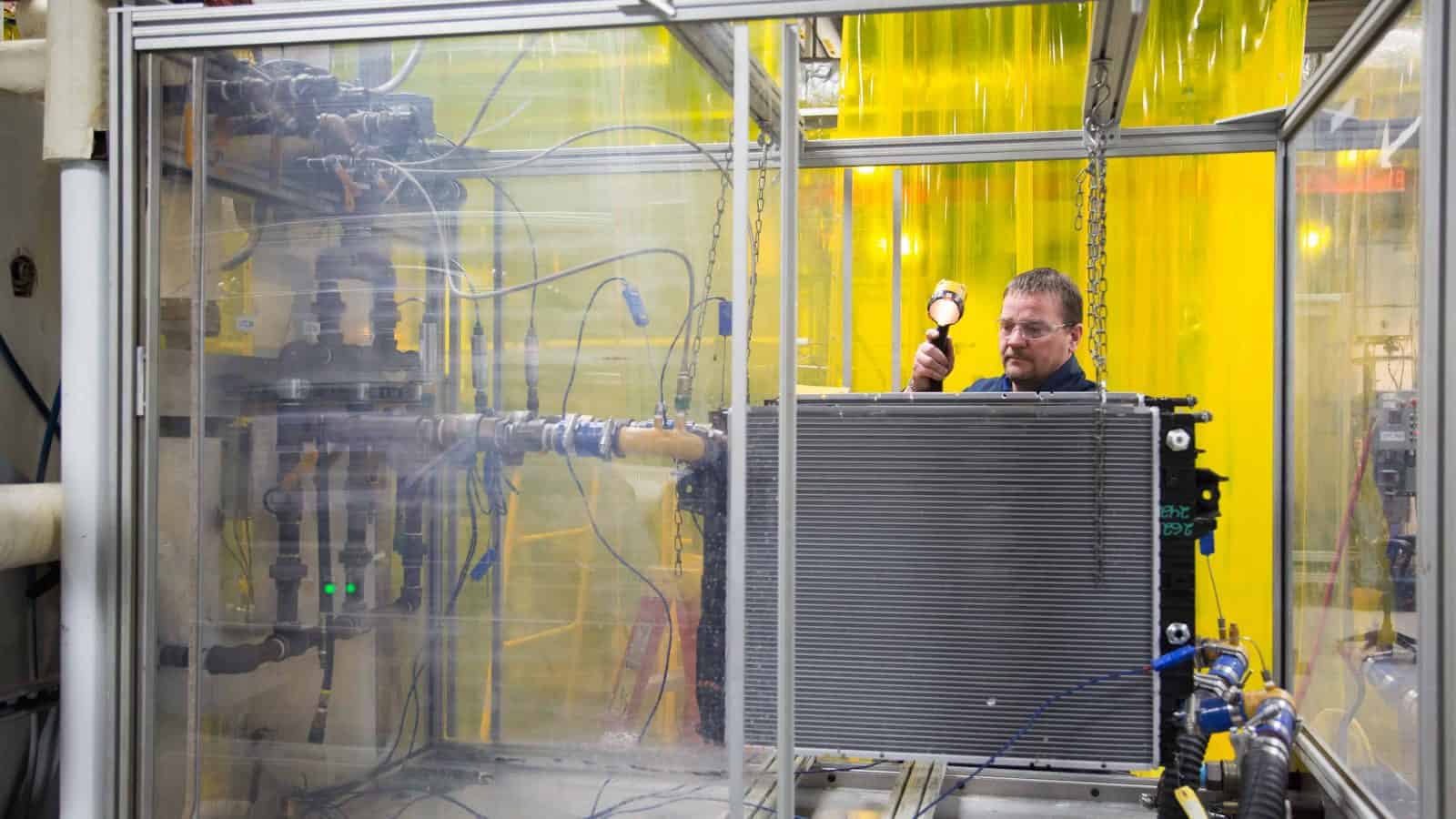A Renewables Industry Faces Headwinds

The Biden administration is hoping offshore wind farms will provide enough power for 10 million homes by the end of this decade—but energy companies are having trouble financing the projects, according to POLITICO.
What’s going on: “Up and down the Northeast—the center of the burgeoning [wind power] industry … energy companies have struggled to finance their projects, going hat in hand to governors and utility regulators asking for more money so they can start building the turbines they have already promised to deliver.”
- Many consumers concerned about already increasing energy costs are wary of more taxpayer funds going to such projects—but without additional government funds, many current wind projects may not get built at all.
The big picture: “Offshore wind takes a combination of state and federal green lights to work. … Federal, state and local permits all have to be secured to make the projects a reality, which gives opponents numerous chances to stall or kill projects.”
- Thus far, federal regulators have approved just three offshore wind projects nationally—underlining the dire need for permitting reform, which the NAM has long called for.
- Meanwhile, “Only seven offshore wind turbines are producing power and just two of the larger projects are truly under construction,” according to POLITICO.
States struggle: Wind-power projects in New Jersey and Massachusetts are facing financial hurdles, with the costs for one project increasing 30% since approval two years ago.
- Geopolitics and the larger economy have weighed on U.S. wind power, too. “Inflation is up—the cost of steel has soared since the pandemic—interest rates are higher and the labor market is tighter. Paradoxically, the war in Ukraine made clear how important domestic energy is while at the same time driving up the costs to produce it.”
The NAM says: “Manufacturers depend on access to reliable and affordable energy, which is why the NAM strongly supports reforms that would foster transparent, streamlined and timely federal regulatory processes,” said NAM Vice President of Domestic Economic Policy Brandon Farris.
- “Our antiquated permitting system is driving up construction costs and has the potential to reduce energy security. The NAM will continue to fight for common-sense permitting reforms that expedite the development of many energy projects, including renewables.”
